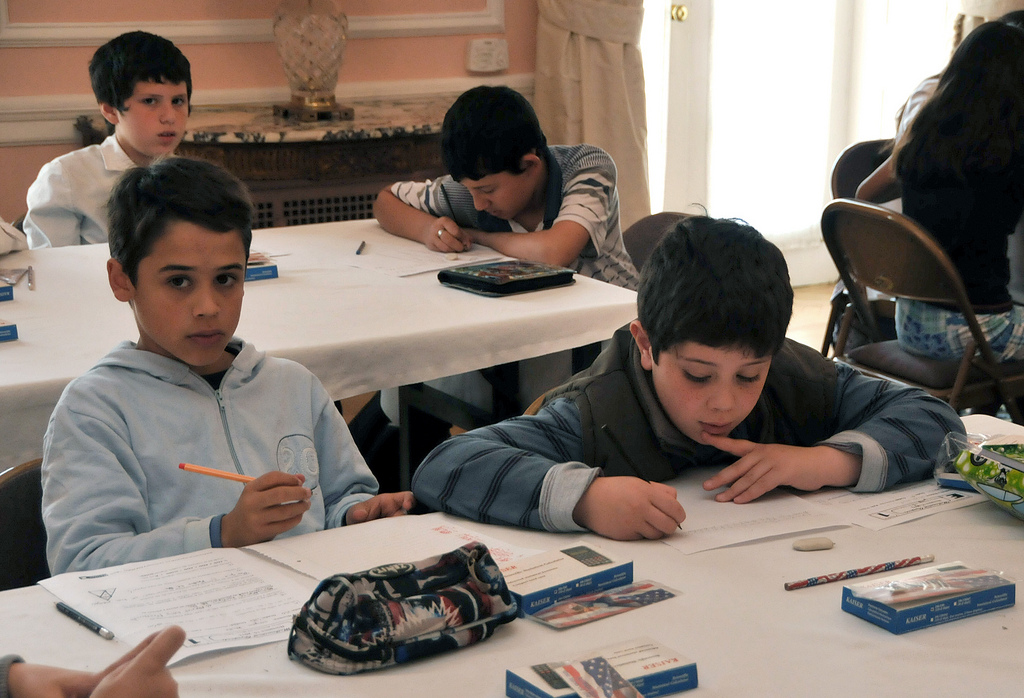The new assessment method will emphasize students’ skills over their ability to memorize facts.
Photo: Bigstock
The testing method of 400,000 students in the United States is changing from how much they can memorize to what they know and how they use critical thinking to solve problems due to a new end of course evaluation by the Indianapolis-based STEM education nonprofit Project Lead the Way (PLTW).
During the school year, students watch videos, have hands-on activities, simulations, and many other tools to give them an in-depth understanding of STEM subjects and develop problem-solving skills.
By offering K-12 students this learning model, the test foundation is how creatively they approach the problem or how critically they planned their next steps, magnifying their work ready skills.
This next-generation evaluation system is conducted on a computer and uses artificial intelligence to measure student’s success.
The test isn’t meant to simulate a game, but rather present problems students did during class. Students will watch videos, react to simulations and different situations instead of having to choose between A), B) C) or D).
The scores will be available within 24 hours, but students won’t know the meaning of their results until after the summer because of PLTW, that has to review grades nationwide and set the knowledge levels.
To know more about Project Lead the Way and their K-12 STEM curricula click here.
This article from Observatory of the Institute for the Future of Education may be shared under the terms of the license CC BY-NC-SA 4.0 
)
)




)
Paulette Delgado
Paulette Delgado
Standardized tests limit student learning and the teacher’s work by focusing on the institutional curriculum rather than the needs of the students.
Paulette Delgado